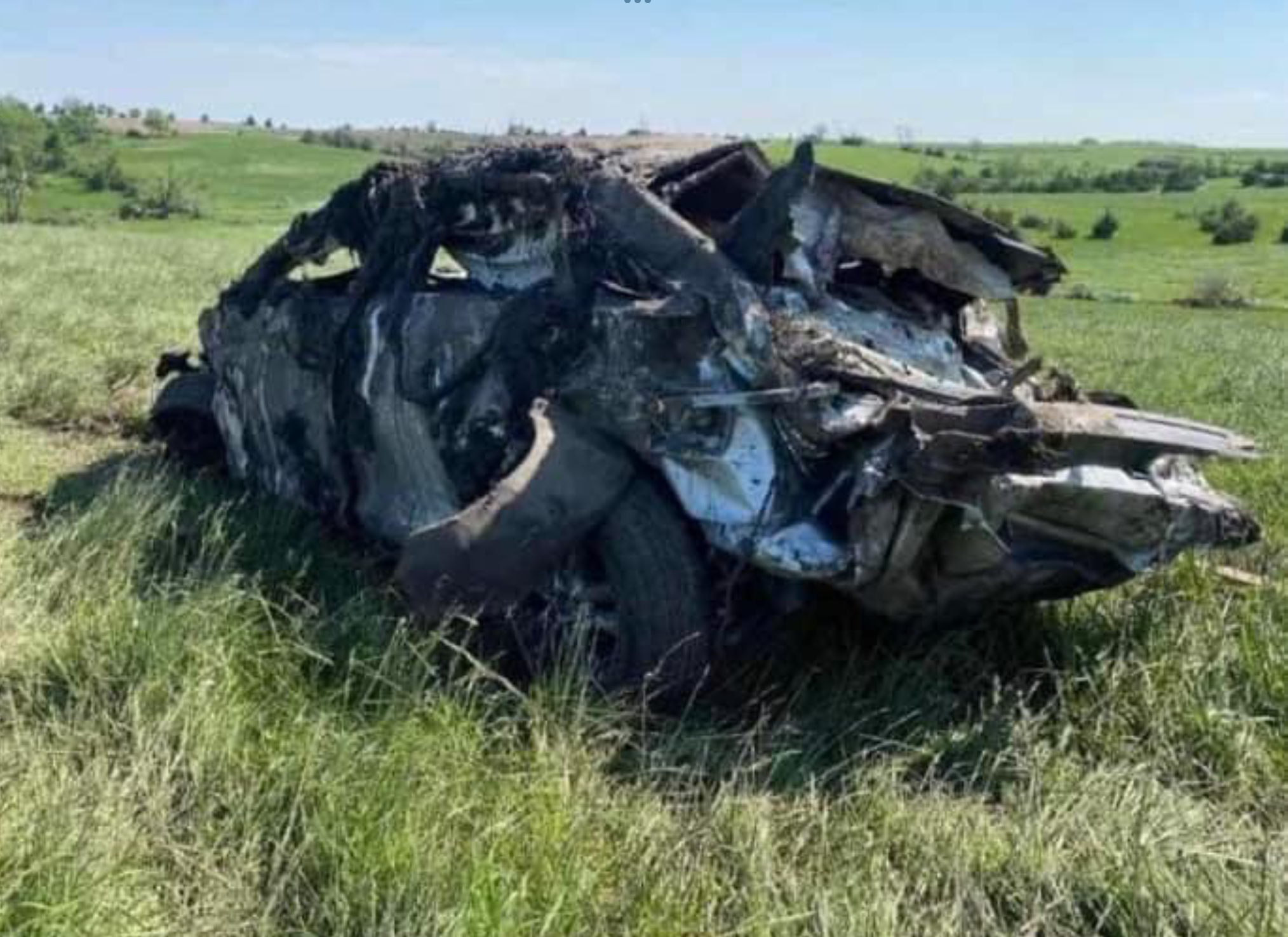During a 25-year association with the National Weather Service I was responsible for training “Skywarn” storm spotters throughout a seventeen-county area (CWA). Total annual attendance at these training classes measured in the range of 1500 to 2300 trained spotters. While most of those attending the training were radio amateurs or volunteer firefighters, the occasional, often more technical version of the training was presented to university meteorology students.
During the first few decades of the program, we were developing training methods and materials almost from scratch. Slides provided by the Dallas Fort Worth Office, the National Severe Storms Laboratory, and various universities were supplemented with slides from local events. A lot of hours were spent carefully taking photographs of storm features, developing graphics, and crafting easy-to-understand content explaining the sometimes complex and dynamic physical processes of the atmosphere and severe local storms. Things were different in those days, with the primary tools being a professional grade 35-mm camera, appropriate lenses and filters, copy stands, and similar techniques.
Storm spotting was a job for volunteers and emergency services personnel. They took the job seriously and they were motivated by a sense of community service. However, this all began to change in 1996 when the movie “Twister” was released. This silly Hollywood tripe created the fad of “storm chasing.” This fad has since grown into a type of “extreme sport” of sorts as well as a profit-center for those who offer “adventure tourism” on America’s Great Plains.
Storm chasers will argue that they provide a useful service. Undoubtedly, some do. However, the lack of coordination and the increasing number of “chasers” has its negatives. Storm chasers clog two-lane rural highways. They impede emergency services response. They sometimes engage in reckless driving as they speed to intercept a storm. They can also interfere with responsible, qualified researchers working in the field. On occasion, a storm chaser is killed, perhaps in pursuit of the perfect photo for his social media account or perhaps a video he can sell to a news outlet.
Simply put; there is a difference between “storm spotting” and “storm chasing.” The Skywarn spotter’s job is to understand the structure of the severe thunderstorm, particularly with respect to those locations most likely to produce severe effects and tornadoes. He is expected to know how to approach the storm in a manner that provides an adequate view of the high-risk areas while still allowing for retreat to a safe location. His job is NOT to be a social media star, but instead to be a servant of his community by providing ground-truth observations and data to the National Weather Service and local civil authorities.
Recently, the picture shown in association with this Blog post appeared on a social media post. It is reportedly the vehicle of a storm chaser killed by a tornado. As with any social media post, it may or may not be true, but it is known that there have been reported storm chasing fatalities in recent years.
Radio amateurs remain a valuable and coveted source of ground truth data because they are organized and disciplined. Organizations such as ARES, RACES and AUXCOM provide the needed structure to efficiently deploy spotters in appropriate locations with good visibility. Two-way radio communications provide an effective “picture” of real-time developments as they occur.
Resources such as local emergency communications units including allied programs such as REACT and the RRI “Neighborhood Hamwatch” program, which leverages GMRS volunteer assets are ideal for developing and expanding an effective Skywarn spotter program. Perhaps it’s time to re-invest in these efforts. Perhaps by doing so, we can return altruism, discipline, and professionalism to the useful task of storm spotting.

